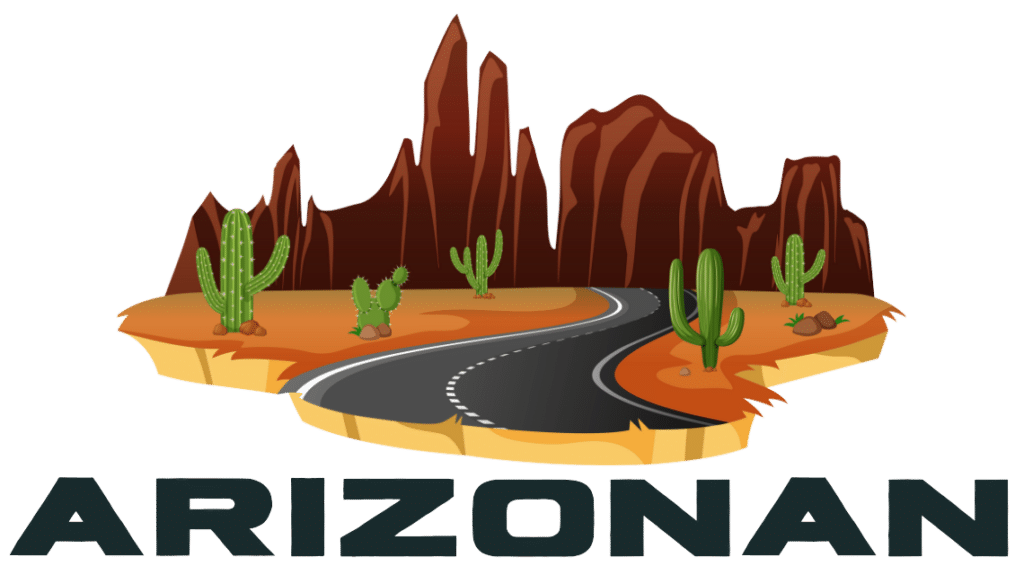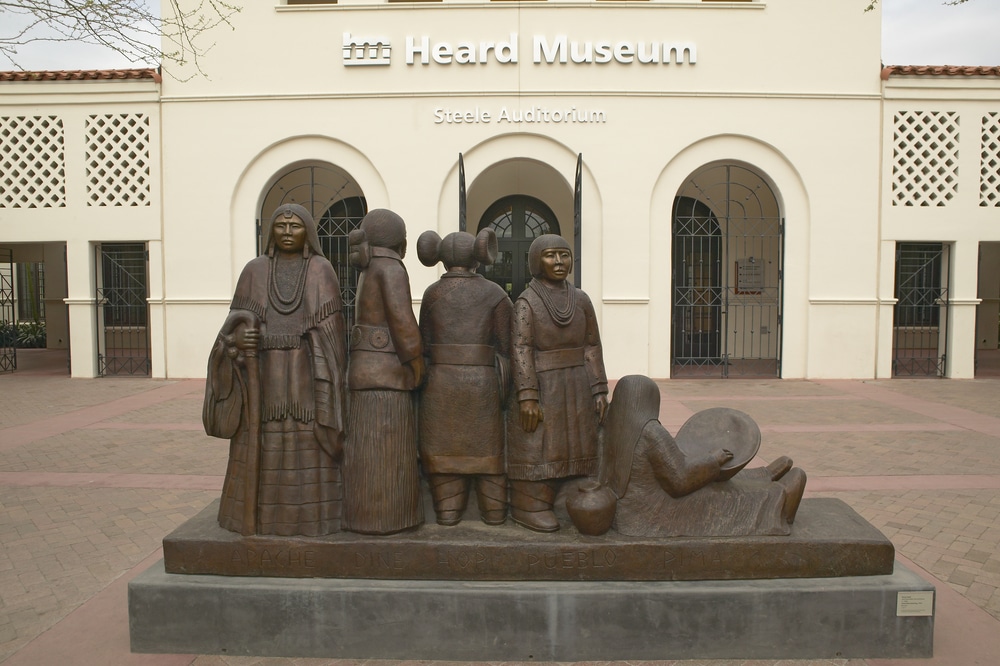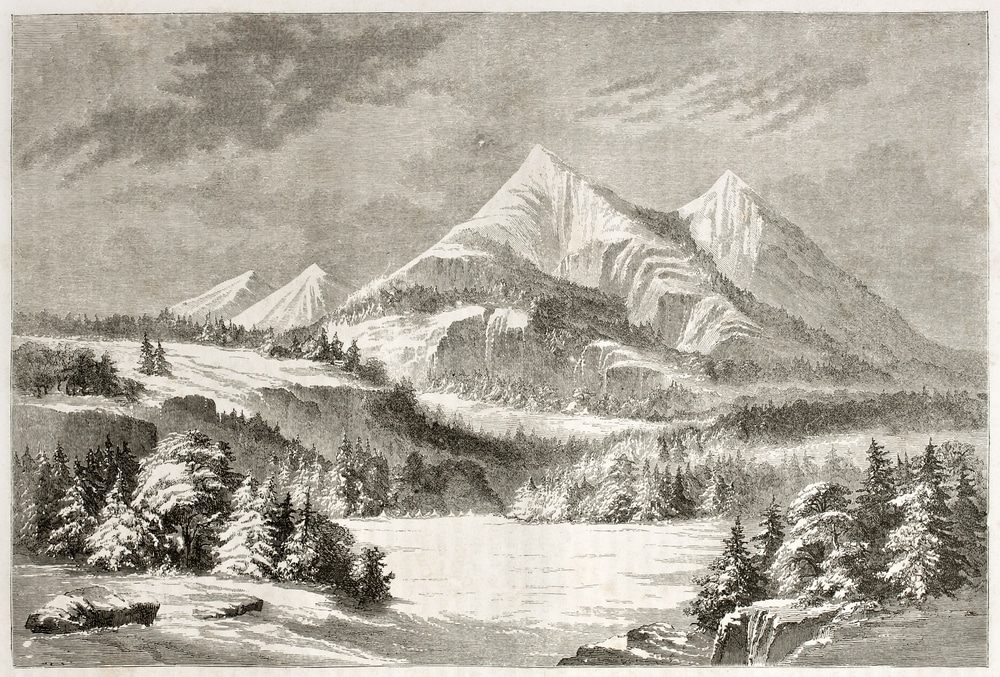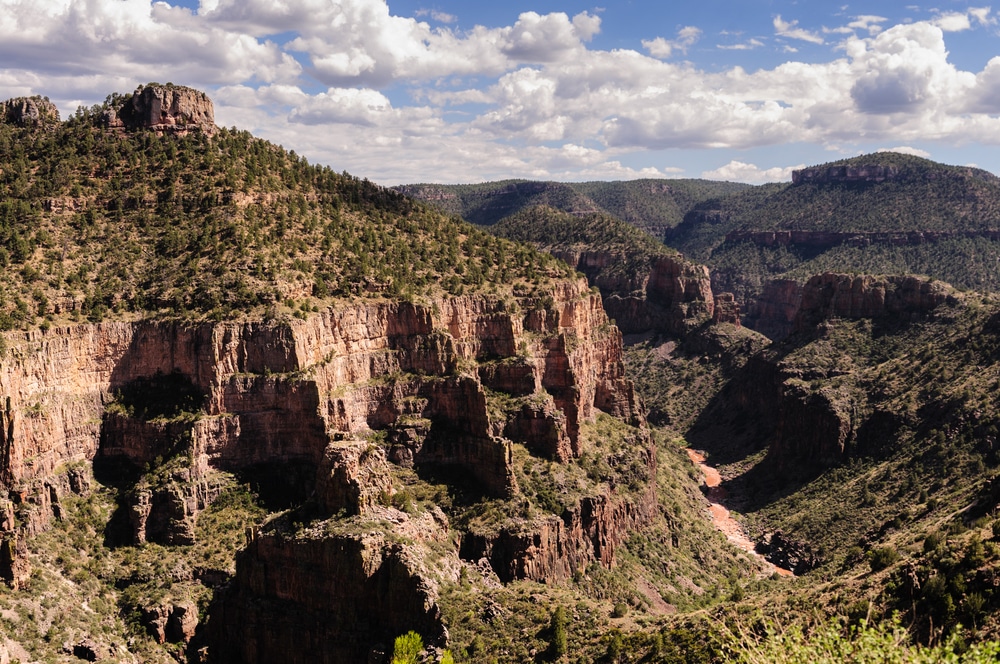In the summer of 1887, eleven-year-old Hopi girl Polingaysi Qöyawayma watched from the mesa as government agents approached her village. Her mother quickly hid her beneath corn husks in their storage room, but the agents were thorough. When they found her, Polingaysi was loaded onto a wagon bound for Keams Canyon Boarding School, sixty miles from home. She would not see her family again for years. Her story was repeated thousands of times across Arizona, as Indigenous children were forcibly removed from their families and sent to institutions designed to “kill the Indian, save the man”—a phrase coined by Carlisle Indian School founder Richard Henry Pratt that became the horrifying motto of the federal boarding school system.
The Architecture of Cultural Erasure
The boarding school system in Arizona represented one of the federal government’s most systematic attempts at cultural genocide. Beginning in the 1880s and continuing well into the 1970s, these institutions operated on the principle that Indigenous cultures were inferior and that Native children needed to be “civilized” through forced assimilation. Arizona, with its large Indigenous population representing numerous tribes, became home to several major boarding schools that would leave deep scars on generations of Native families.
Keams Canyon Boarding School
Keams Canyon Boarding School, established in 1887 on the Hopi Reservation, was among the first and most notorious. Located in a remote canyon in northeastern Arizona, the school was strategically placed to serve Hopi and Navajo children while keeping them isolated from their communities. The school’s first superintendent, Ralph P. Collins, immediately implemented harsh policies: children’s hair was cut upon arrival, traditional clothing was burned, and speaking Native languages resulted in severe punishment. One former student, Don Talayesva, later recalled being beaten for speaking Hopi and forced to eat soap for “talking Indian.”
The school’s daily regime was military in nature. Children as young as five rose at 5:30 AM, performed manual labor that maintained the institution, and attended classes that focused on vocational training rather than academic education. Boys learned farming and basic trades while girls were trained in domestic service. The curriculum was designed to prepare them for menial jobs in white society rather than leadership roles in their own communities.
Fort Mojave Industrial School
Fort Mojave Industrial School, opened in 1890 near present-day Needles, California (but serving Arizona’s Colorado River tribes), took the industrial training model even further. Built on the site of an abandoned military fort, the school emphasized manual labor as both punishment and pedagogy. Mojave, Chemehuevi, and Hualapai children were forced to maintain the school’s 600-acre farm, with older students working full days in the fields. The school’s superintendent from 1890 to 1904, Samuel McCowan, boasted that the institution was largely self-sufficient due to child labor.
The isolation of Fort Mojave was extreme—surrounded by desert and far from tribal lands, escape attempts often ended in tragedy. In 1891, three Mojave boys died attempting to walk home across the desert. Their deaths were barely noted in official records, listed simply as “disappeared.” Disease was rampant in the overcrowded dormitories; a tuberculosis outbreak in 1899 killed twelve children in three months. The school cemetery grew steadily, filled with children who would never return home.
Urban Experiments and Military Discipline
Tucson Indian Training School
The Tucson Indian Training School, established in 1888, represented a different model—an urban boarding school that promised to immerse Native children in “civilized” city life. Located on South Church Avenue in downtown Tucson, the school drew Tohono O’odham (then called Papago) and Apache children from across southern Arizona. The school’s founder, C.E. Vandever, believed that urban exposure would accelerate assimilation.
The Tucson school became known for its particularly harsh disciplinary measures. Children who spoke their native languages had their mouths washed with lye soap. Runaways were locked in a basement jail cell for days with only bread and water. In 1894, a government inspector found children as young as six working in a commercial laundry operation run by the school, generating income for the institution while receiving no wages. The inspector’s report noted “excessive punishment” and “inadequate food,” but no immediate changes were made.
Despite its urban location, the school maintained strict isolation from the outside world. High walls surrounded the compound, and students were forbidden from leaving except for supervised outings designed to reinforce their inferior status. Local Tucson newspapers of the era regularly published patronizing articles about the school’s “little Indians learning civilization,” treating the children as curiosities rather than human beings with rich cultural heritage.
Theodore Roosevelt School at Fort Apache
Theodore Roosevelt School at Fort Apache, opened in 1923, came later but embodied the same assimilationist philosophy with military precision. Built on the White Mountain Apache Reservation, the school was named after the president who had once declared, “I don’t go so far as to think that the only good Indians are dead Indians, but I believe nine out of every ten are, and I shouldn’t like to inquire too closely into the case of the tenth.”
The Fort Apache school introduced new forms of psychological control. Children were assigned numbers instead of using their names and were required to march in formation between buildings. The school implemented a “merit system” that pitted children against each other, rewarding those who reported on their peers for infractions like speaking Apache or practicing traditional customs. This system created lasting divisions within Apache communities that persist to this day.
The Hidden Casualties
The full human cost of Arizona’s boarding schools may never be known. Official records were often destroyed or never kept. Children who died were frequently buried in unmarked graves, their families never notified. Recent ground-penetrating radar surveys at former school sites across the country have revealed numerous unmarked burials, and Arizona’s schools were likely no exception.
Beyond the physical deaths were the cultural casualties. Entire generations lost their languages, traditional knowledge, and spiritual practices. Parents who had survived boarding schools often didn’t teach their children tribal languages, fearing they would face the same punishment. Traditional ceremonies were forgotten, clan relationships disrupted, and Indigenous knowledge systems—from astronomy to agriculture—were nearly extinguished.
Dr. Maria Dadgar, a historian at Arizona State University who has studied boarding school records, notes: “The intergenerational trauma is immeasurable. When you take children from their families for years, forbid them from practicing their culture, and punish them for being who they are, you create wounds that pass from parent to child for generations.”
Resistance and Resilience
Despite the system’s brutal efficiency, Indigenous resistance never ceased. At Keams Canyon, Hopi parents repeatedly petitioned the government to close the school. In 1906, the conflict over forced education contributed to the split of Oraibi village, with traditionalists establishing Hotevilla partly to resist government interference. Some families hid their children seasonally, claiming they had died or disappeared.
At Fort Mojave, students found subtle ways to maintain their identities. They whispered stories in their languages after lights out, created traditional crafts in secret, and used Indigenous sign language to communicate without speaking. Alice Manuel, a Mojave elder who attended in the 1940s, recalled: “They could take our clothes and cut our hair, but they couldn’t reach inside and take our spirits. We remembered who we were.”
The schools also inadvertently created pan-Indian solidarity. Children from different tribes, forced together, began to see common cause in their shared oppression. This solidarity would later fuel the American Indian Movement and other resistance efforts. Many tribal leaders of the 20th century were boarding school survivors who used their painful education to fight for Indigenous rights.
The Slow Path to Closure
Change came gradually and incompletely. In the 1920s, the Meriam Report documented horrific conditions in Indian boarding schools nationwide, including those in Arizona. The report found widespread malnutrition, disease, excessive child labor, and inadequate education. Public pressure led to some reforms, but the fundamental assimilationist mission remained.
Keams Canyon Boarding School shifted to a day school model in the 1930s but continued operating until transitioning to tribal control. Fort Mojave closed in 1935, its buildings repurposed or demolished. The Tucson Indian Training School closed in 1960, its land eventually becoming part of urban development. Theodore Roosevelt School continued the longest, not fully transitioning to Apache control until the 1990s.
Contemporary Reckoning
Today, the legacy of boarding schools remains visible across Arizona. The Heard Museum in Phoenix maintains a powerful exhibit on boarding school experiences, featuring survivor testimonies and artifacts. The exhibit includes heartbreaking items: a child’s braided hair cut upon arrival at school, tiny uniforms that replaced traditional dress, and letters home that were never sent.
In 2021, Secretary of the Interior Deb Haaland, herself a descendant of boarding school survivors, launched the Federal Indian Boarding School Initiative to investigate the schools’ impact. Initial reports identified over 400 schools nationwide and documented at least 500 child deaths, though researchers believe the actual number is much higher.
Tribal nations across Arizona are leading their own healing efforts. The Hopi Cultural Preservation Office has launched a language revitalization program specifically targeting boarding school language loss. The White Mountain Apache Tribe has converted part of the Theodore Roosevelt School into a cultural center, reclaiming the space for healing and education.
The Ongoing Journey of Healing
The trauma of boarding schools continues to affect Arizona’s Indigenous communities. Studies link the boarding school experience to higher rates of substance abuse, domestic violence, and suicide in Native communities. But alongside the trauma is remarkable resilience.
Patty Talahongva, a Hopi journalist whose grandparents survived Keams Canyon, explains: “The boarding schools tried to kill our cultures, but they failed. Yes, there was terrible damage. Yes, we lost so much. But we’re still here. Our languages are being revitalized. Our ceremonies continue. Our children are learning their traditions again.”
Modern efforts focus on culturally responsive education. Schools like Salt River Elementary on the Salt River Pima-Maricopa Indian Community now teach O’odham and Pima languages alongside standard curriculum. The Native American Community Academy in Phoenix provides college-prep education rooted in Indigenous values. These institutions represent a complete reversal of boarding school philosophy—strengthening rather than erasing cultural identity.
Visit the History
Heard Museum
📍 Address: 2301 N Central Ave, Phoenix, AZ 85004
📞 Phone: (602) 252-8840
🌐 Website: heard.org
🕒 Hours: Tuesday-Sunday, 10 AM – 4 PM
💰 Admission: $25 adults, $22 seniors, $15 students, $10 youth (6-17), free for children under 6 and American Indian veterans
♿ Accessibility: Fully wheelchair accessible with ASL interpretation available upon request
Hopi Cultural Center
📍 Address: Route 264, Second Mesa, AZ 86043
📞 Phone: (928) 734-2401
🌐 Website: hopiculturalcenter.com
🕒 Hours: Monday-Friday, 8 AM – 5 PM; Saturday-Sunday, 9 AM – 3 PM
💰 Admission: Museum $8 adults, $5 children
♿ Accessibility: Wheelchair accessible main floor
Fort Apache Historic Park (including Theodore Roosevelt School site)
📍 Address: Highway 73, Fort Apache, AZ 85926
📞 Phone: (928) 338-4625
🌐 Website: wmat.us/fortapachepark.html
🕒 Hours: Monday-Friday, 8 AM – 5 PM (summer until 7 PM)
💰 Admission: $5 adults, $3 seniors/students, free for White Mountain Apache tribal members
♿ Accessibility: Partial wheelchair accessibility; call ahead for assistance
Additional Resources
For those seeking to understand this history more deeply, the National Native American Boarding School Healing Coalition provides extensive resources and survivor support. Dr. Brenda Child’s “Boarding School Seasons” offers one of the most comprehensive academic examinations of the boarding school system. The documentary “Dawnland” explores similar schools in other regions but provides valuable context for understanding Arizona’s experience.
Local organizations like the Phoenix Indian Center and the Arizona Indigenous Youth Alliance offer cultural programs specifically designed to help young Native people reclaim traditions interrupted by boarding schools. The Inter Tribal Council of Arizona maintains a directory of cultural revitalization programs across the state’s 22 federally recognized tribes.
A Living Legacy
The story of Arizona’s Indian boarding schools is not simply history—it’s a living legacy that continues to shape Indigenous communities today. As Arizona reckons with this dark chapter, the resilience of Native peoples offers a path forward. In the words of former Fort Mojave student Lewana Lomayestewa: “They tried to take everything from us. But we are still here, still strong, still Indian. That is our victory.”




